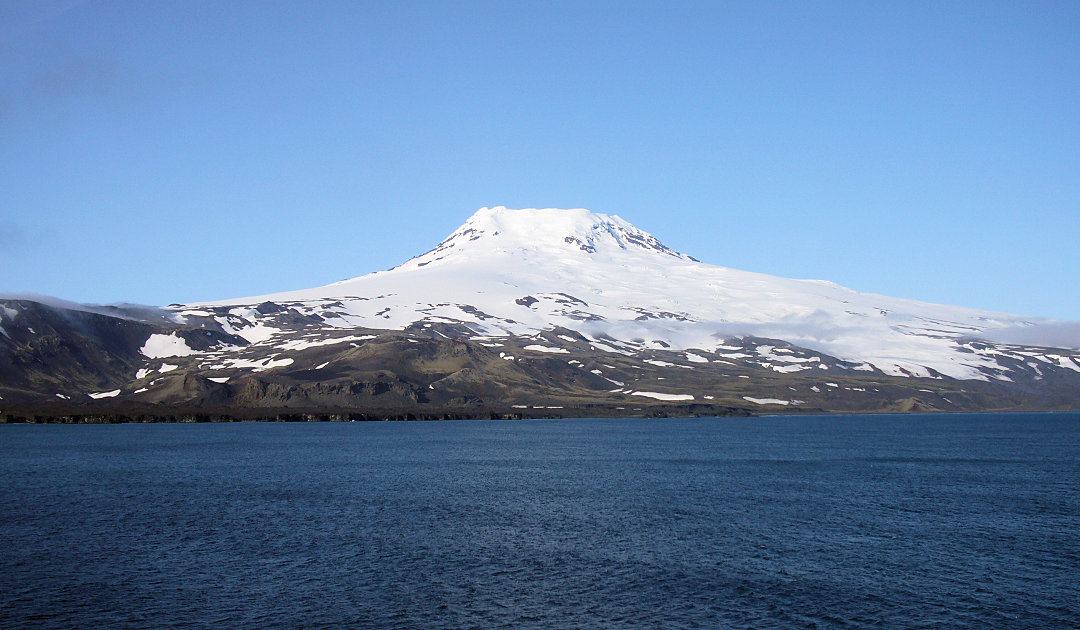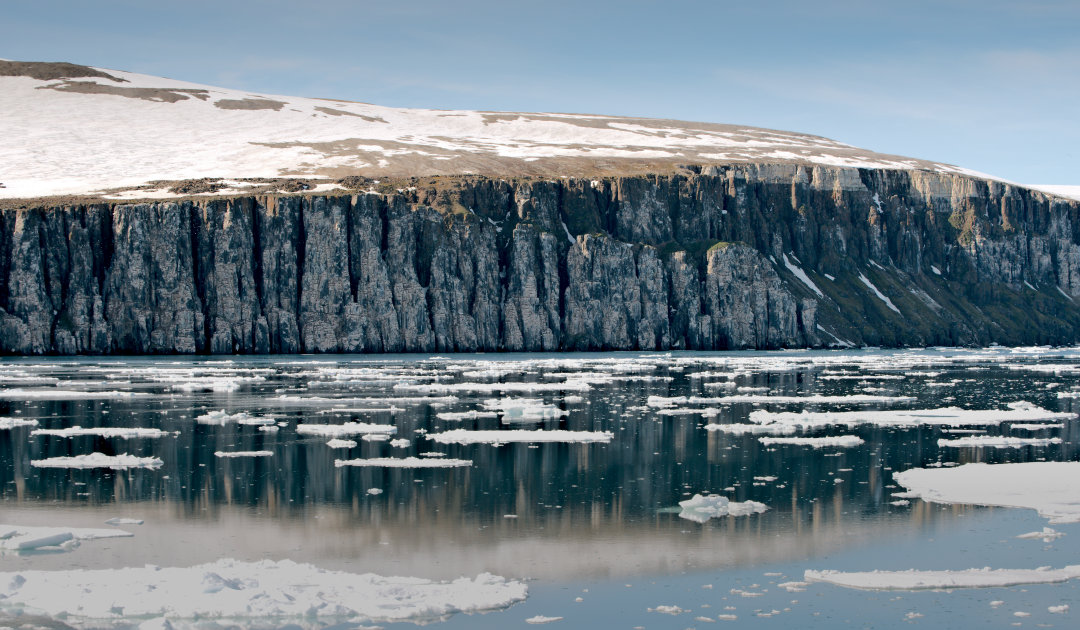
The volcanic activity in Iceland is famous and stems from the location of the island at the edges of the mid-ocean ridge. The island of Jan Mayen is also known for its active volcano. At both places, so-called hotspots are at work, where liquified rock is pushed up deep from the earth’s interior. Now Japanese researchers have found that deep beneath Greenland’s ice sheet, such a site is likely to be located and has implications for the island itself and other parts of the European Arctic.
The Japanese research team, led by Dr. Genti Toyokuni of Tohoku University in Sendal, Japan, found in their research that under Greenland lies a huge mantle plume, a stream of hot rock material, in the transition zone between the Earth’s core and the Earth’s mantle. This plume, also called Manteldiapir, is connected to the already known plumes under Iceland, Jan Mayen and new Svalbard via hose-like branches and thus feeds a large part of the geothermal activities and volcanoes in the European Arctic. “Knowledge about the Greenland plume will bolster our understanding of volcanic activities in these regions and the problematic issue of global sea-level rising caused by the melting of the Greenland ice sheet,” explains Dr. Toyokuni. The researchers found that the central part of Greenland lies above this plume and they suspect that the warmth of the plume influences the melting of the Greenland ice sheet. The team published their findings in the latest issue of the Journal of Geophysical Research: Solid Earth.

Geothermal activities in the European Arctic are nothing new per se. The location of the Jan-Mayen-plume and the Icelandic plume were already sufficiently well known. What is new, however, is the fact that these two are connected to the lower Greenland plume via plume tubes, which are part of such a plume. The researchers were also astonished by the result that below Svalbard lies such a plume, which comes directly from Greenland. The results were obtained by the team through three-dimensional seismic velocity structures in the crust and mantle, on which topography structures appeared. A similar principle works for a CT body scan, in which the smallest structures appear. For the first time, the study provides an approach that researchers can now continue to work to find out more about geothermal activity in the European Arctic. The contribution of the plumes to the melting processes of the glaciers in the region is likely to be of great interest.
Mantle plumes have been known for some time. This is liquid rock, which in certain zones between the earth’s core and the earth’s mantle, are pushed upwards partially by the heat. In other places, this liquid rock is formed by subduction, i.e. by the sinking and melting of the material. In certain regions, this liquid rock accumulates in chambers in the earth’s crust and when the crust weakens due to sufficiently high pressure, this material called magma erupts outwards, a volcano is formed at a hotspot.
Dr Michael Wenger, PolarJournal
Link to the studies:
More on the subject:







